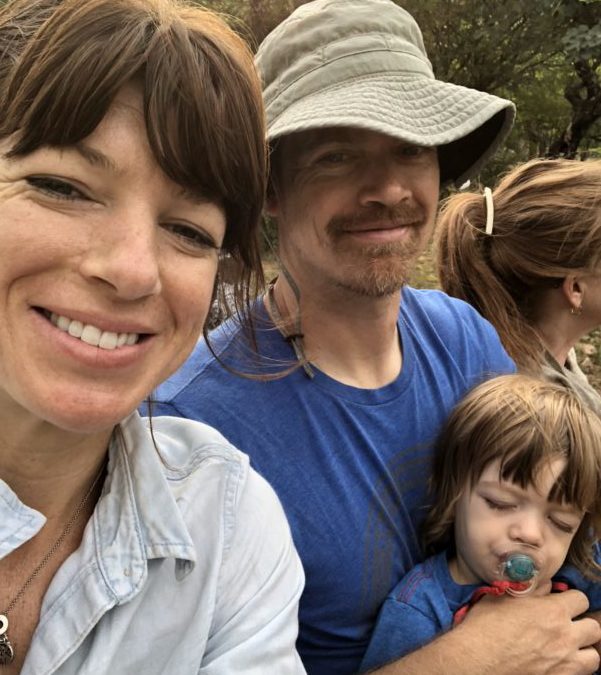
by Theresa Larson | Oct 30, 2018 | Uncategorized
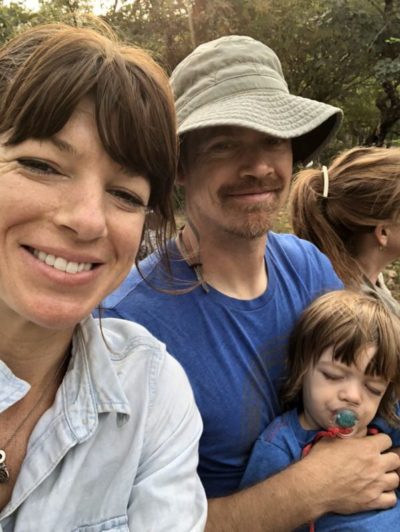 1: Who needs a pack and play when you have creative adaptive skills like us and can create fortresses out of any couch, chairs, tables, and random pillows. Totally works for the “crib” that is needed.
1: Who needs a pack and play when you have creative adaptive skills like us and can create fortresses out of any couch, chairs, tables, and random pillows. Totally works for the “crib” that is needed.
2: It’s a sauna out here. Well not really as a sauna is typically 158-212 degrees Fahrenheit. It is toasty and humid along with lots of smog. So am thankful we had air filtering systems in most places we stayed.
3: Everything is spicy…and Magnus does not do spicy so we had to get really creative. The only thing somewhat spicy that he will eat are quinoa puffs, which are super yummy and quite sure Sprouts back in the states does not carry them. How dare them.
4: So many selfies and FOMO types. People being attached to their phone is not just in America but everywhere sadly. There is so much beauty around, and people’s heads are down scrolling through social media or reading. Anyway, despite this people are so incredibly kind, and Magnus is the little celebrity around all the towns we have visited here in India. It’s quite a scene with Magnus and his binkie with the attached red string that I jerry rigged to our back pack so it would not fall in the dirt, and his sippy cup being bombarded by Indians wanting pictures with him. He does not have a clue what they are doing but if they smile, he smiles back.
5: Fitness centers are a rarity so you have create your own fitness wherever you can find a grid square. Literally I used patches of grass, a corner of a yoga studio, the area next to the swing set etc. Sets upon sets of sun salutations, to banded squats, toddler kettlebell swings, and crawling races is all we needed.
6: They take shavasana’s seriously here. Most of the classes I attended to include 1 on the beach of Cavellosim Goa was 20 minutes. I loved it. In the states you may get 2 minutes before people are rushing out of class.
7: I can squat over a toilet with my toddler on my lap without having to touch the toilet. Win!!!
8: Nighttime diapers in India are really not awesome as they are pull ups and if there happens to be a #2 waiting for you in the morning, it makes the process pretty messy. Scissors are really nice to have if your little one is not squirmy…so probably never. It pretty much took Per and I holding Magnus down to get his diaper off most mornings without making a terrible messJ.
9: It takes team work to make the teams work. I love being on the road working and playing…yes working AND playing. While playing is fun, the work my husband, team, and I get to do is very rewarding. The work we do fits our energy, how we want to help people, and gives us a challenge. We have some pretty resilient companies and all of that ability to withstand the test of time and challenges most small businesses go through is Per. You may ask how we could do this with a toddler….well we took turns during our off days of being on the road.
10: I CAN find peace in the midst of chaos. I do not turn to my phone for distraction, rather I turn to reframing my thinking, grounding meditation practices that don’t require a meditation block or quiet space, and being in the moments with Magnus, Per and the people we are with. It is part of my mind training.
by admin | Jan 12, 2018 | Uncategorized
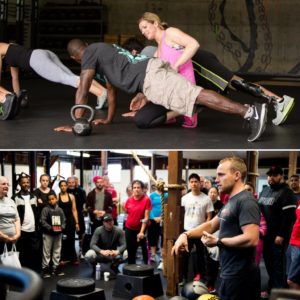
We find that there are so many fitness professionals who want to train adaptive athlete individuals but don’t know how to get started. There is a general lack of confidence in speaking with, programming for and coaching individuals with permanent impairments. As a result the population that needs the most help, gets the least. To bridge this gap, yours truly and Max Conserva, an adaptive athlete of Goodlegproject.org, have come together to create an introductory course for training this population. With thousands of hours working with adaptive athletes, we have distilled the practice down to the essential knowledge needed for any professional to get started.
Having mentored coaches of all types on working with adaptive athletes, we have designed this course to answer all the most common questions:
- How do I talk to the disabled population?
- How do I adapt my programing to the impaired population?
- What are the most common types of impairments?
- What are the most common types of medical equipment?
- How do I adapt movement X, to an athlete with condition Y?
To answers these questions we start with a high level discussion of function and drill down all the way to adapting specific movements. The course starts with a general introduction to functional movement as a concept. We then explore what differentiates normal vs. abnormal movement. With the general foundation of normal movement in hand we can now focus on the adaptive athlete population in particular. First by understanding how to talk with and coach an impaired athlete, then secondly how to think about programming for that athlete. Once these general techniques are understood, we can next take a deep dive into the four major impairment categories: Lower Limb, Upper Limb, Wheeled, Traumatic Brain Injury & other Invisible Wounds . We then spend the remainder of the course detailing how each of the major functional movements interact with each of these impairments.
This course will help any fitness professional make their offering more inclusive. It is designed for athletic trainers & personal trainers who want to open their practice to the impaired population. For rehab professionalswho want to move from the clinic to the training room. And for group fitness coaches who want to incorporate the impaired population into their class programming.
If you want to work with the impaired population, this is the course to get started.
Learning Objectives
- Understand basic functional human movement as it applies to major permanent physical impairments
- Gain confidence initiating the conversation and building a relationship with this population
- Learn the fundamental strategies to adapt movements for all major impairments
- Be aware of all the most common impairments and medical devices
- How to safely and effectively adapt common training movements for all of these major impairments
To Sign Up for the Course, Click Here: Adaptive Athlete Course
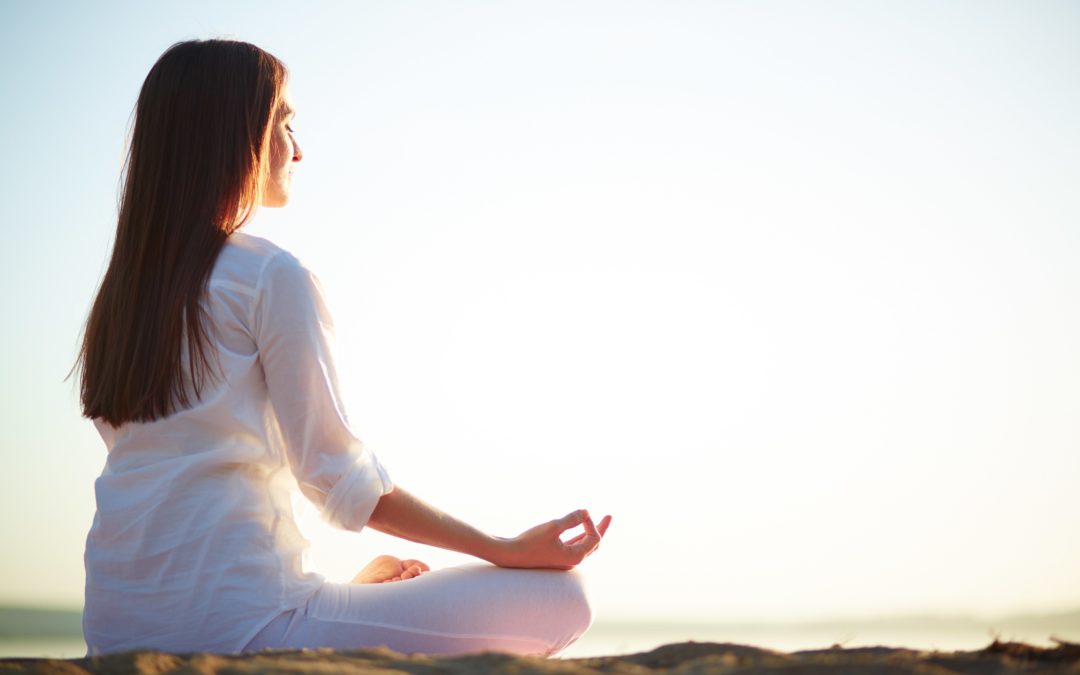
by admin | Nov 15, 2017 | Uncategorized
How Much Pain Are You In?
Warriors, ask yourself that simple question and scale the response 1-10. A one is happy, healthy, and pain free. A ten means, well I do not know what ten means.
It could mean that you are in excruciating pain from a knee injury. It could mean that you have never felt something this painful but it is not at the highest end of your pain tolerance.
How does it compare to someone else’s, “ten.”
If your pain tolerance is higher than someone else’s, that 10 now has some depth to it. It may actually be a seven to you but a 10+ to them.
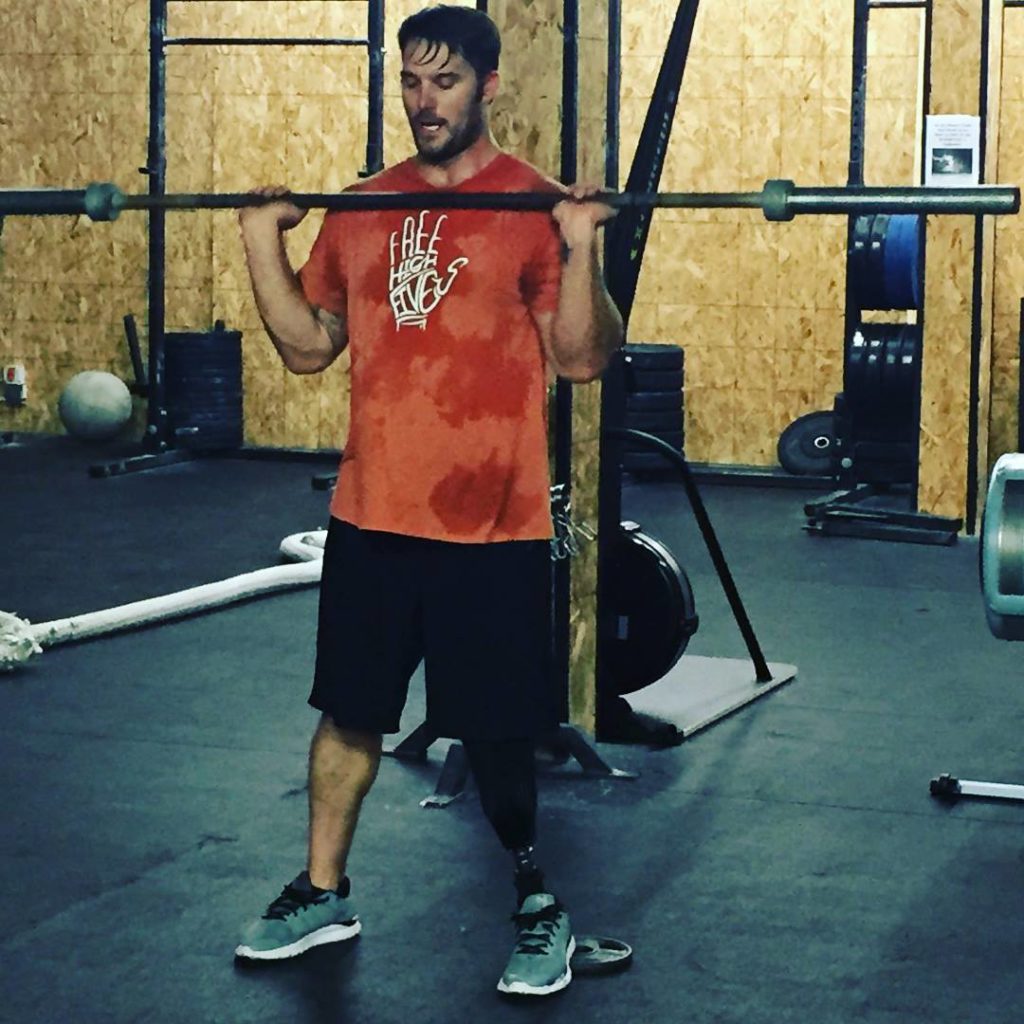
How does your pain relate to an amputee that suffers from phantom limbs syndrome? A person that wakes up every morning and has to relive losing his leg, feeling the break, and knowing all along that he does not actually have a leg there anymore.
Pain Lives In Between Your Ears
Recently, at an adaptive athlete event, I was lucky enough to be introduced to an amputee that lived that story. He lost his leg in an accident. His brain, however, would run through the accident every morning and relive the pain he felt that day. The brain never fully comprehended that the leg was missing.
Instead of recognizing the missing limb, it created a story, replayed every morning as to why that leg was not there. The only way to make sense of it was to live through the accident every morning.
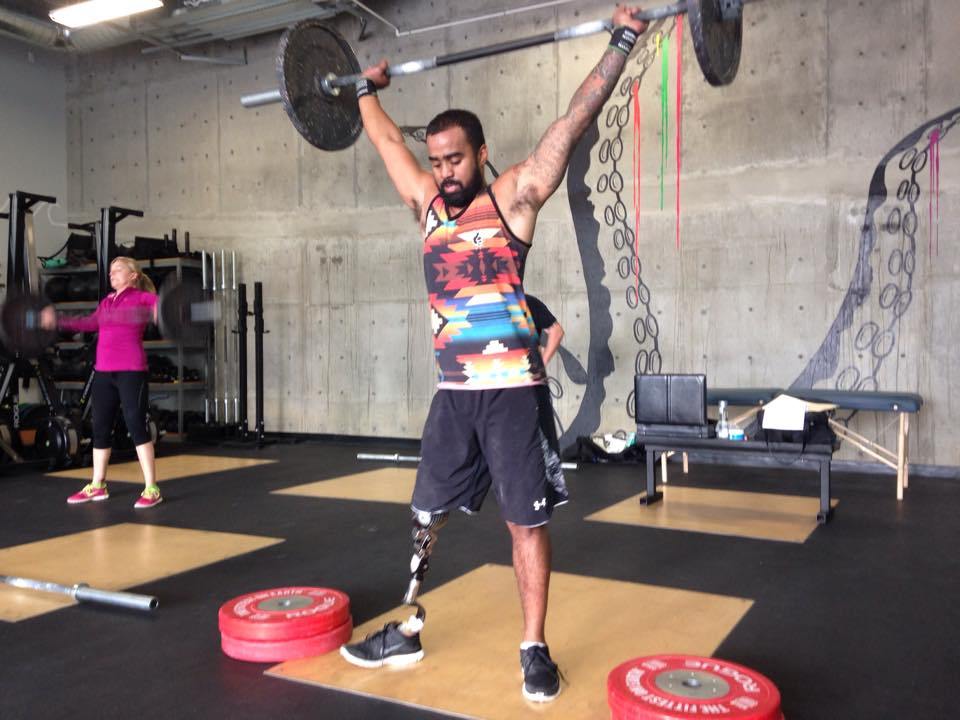
Through breathwork, he was able to train his brain and nervous system to calm his nervous system.
The breath is a tool you can use to change your mental and physical state through rewiring the nervous system.
I am deeply interested in understanding the breath and its role in mental and physical health. Please check out the article I wrote on training your nervous system by clicking here.
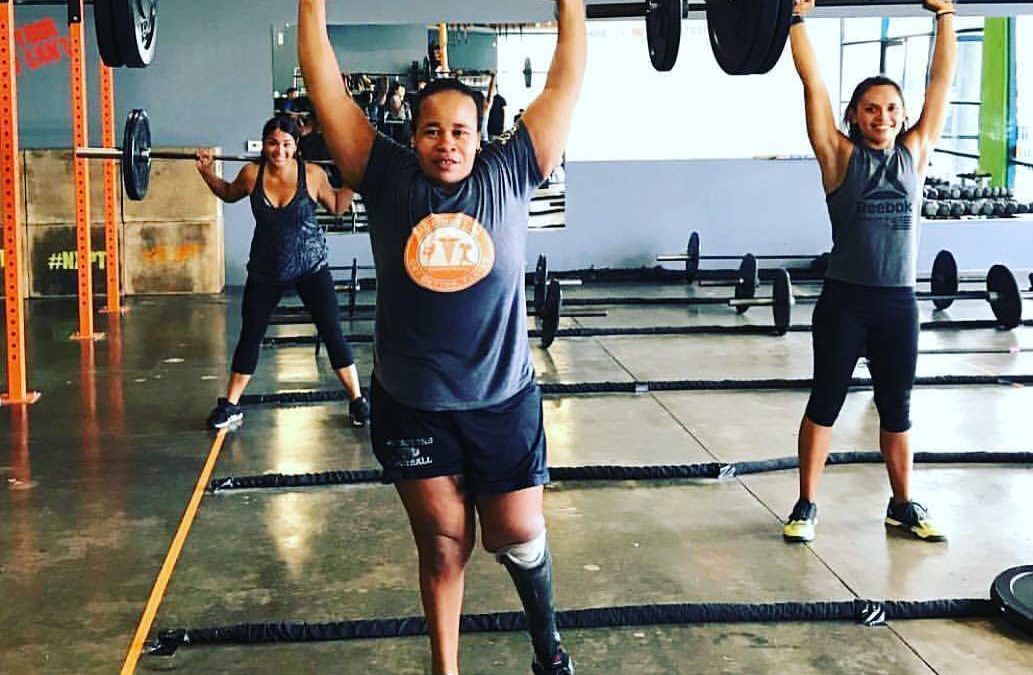
by admin | Nov 12, 2017 | Uncategorized
What is Pain?
Warriors, this time we were right.
As a Doctor of Physical Therapy, I live to ask questions. When someone comes into my clinic they are rarely 100% transparent. The conversation always starts with physical pain. It is the easiest pain to talk about. They feel comfortable talking about the physical pain because it seems more tangible.
This is only scratching the surface of where I am going with them. As soon as I start weaving my Warrior web, I know there is mental and emotional health dying to come out.
This is important because understanding pain is my job. It turns out, physical pain is just a symptom of the perception of the mental, physical, and emotional pain you feel. Having low back pain can be debilitating. The pain, however, is compounded by the emotional drain, mental stress, and poor self-worth that you feel by the lack of empowerment in your life.
The Warrior way is about holding yourself accountable. Knowing that physical pain is merely a symptom of your self-worth gives you more options. Changing your behavior is the first step to healing.
I have known this all along but this weekend, a chance encounter with an adaptive athlete solidified this belief.
Phantom Limb Syndrome
At a half marathon for the Challenged Athlete Foundation I met an athlete with a below the knee amputation. He suffered from phantom limb syndrome, a neurological condition that creates severe pain for amputees in a limb that no longer exists. The pain is excruciating.
As he described his story, the pain he dealt with every morning, feeling his leg snap in half even though it did not exist, sent me on a chase to understand the neurological component of pain.
I detailed this athlete’s experience, how it relates to chronic lower back pain, and why healing goes deeper than the joints and tissues.
Pain science is important to healing. You can read the full article by clicking here.
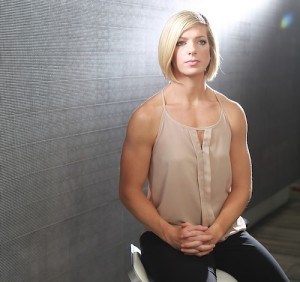
by 5dmin | Nov 9, 2017 | Uncategorized
In Life and in the Joints
Publishing a book, owning a physical therapy company, and starting a new business in the online rehabilitation space with The Low Back Fix allows me to draw comparisons to life, business, and the body.
Flexibility is the ability to change or shift directions quickly. The focus on your ability to stretch out of a current comfort zone. My physical therapy practice allowed me the flexibility to create online course, write a book, and explore options for my professional growth.
Stability, is your current comfort zone, where there is not much shifting or changing. The stability of my physical therapy practice makes it challenging to move on because of the financial stability it provides my family.
There is an internal struggle of dreaming big, pushing myself, and being pulled back into my stable PT practice.
There is a never-ending balance between growth, risk, and the safety of life.
A Universal Principle
In my physical therapy practice, this balance shows itself in the form of physical pain in the joints and tissues.
Every joint in your body has an optimal range of motion. This optimal range means the joint flexes, extends, and rotates for it to behealthy and pain free.
Tissues surrounding a joint are too flexible, you will feel pain because you are unable to stabilize the joint.
If the tissues lack flexibility, the joints will not be able to reach the end of these optimal ranges.
There is a constant balance in life, and in the human body, of flexibility and stability.
Coach Anders, head coach at The Low Back Fix, takes a deep dive into flexibility, stability, and joint health.
Being aware of the constant battle between flexibility and stability allows you to connect with how you feel professionally, mentally, and physically.
To learn more about the relationship of flexibility and stability, CLICK HERE.
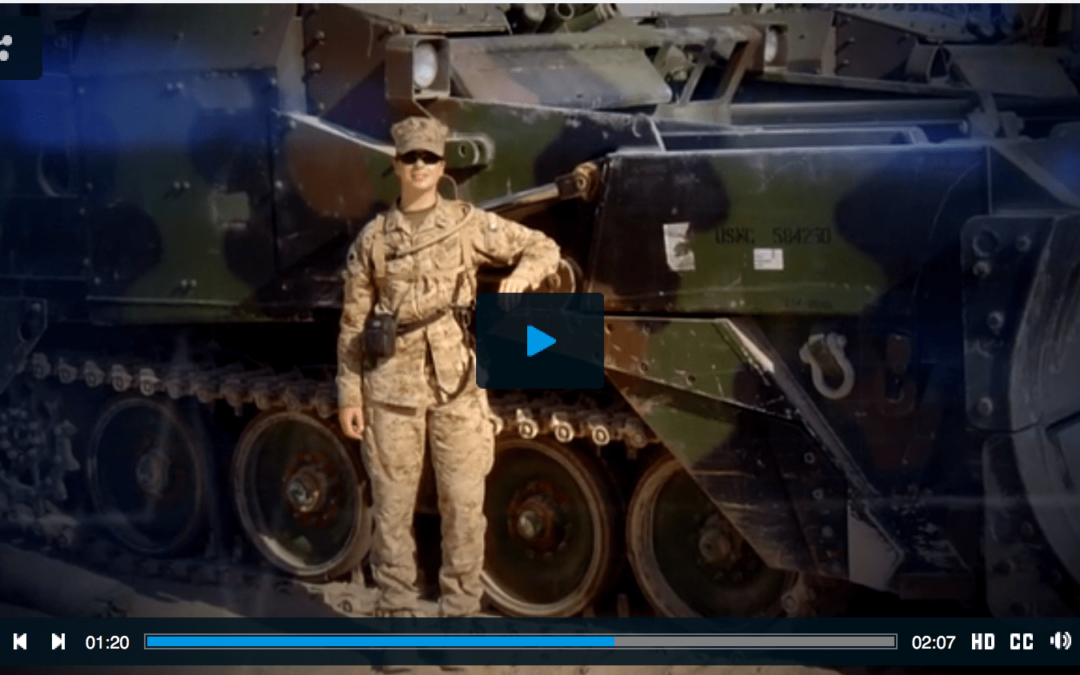
by 5dmin | Nov 9, 2017 | Uncategorized
Empower Through Strength
Strength is a word I am constantly using to describe Warrior wellness. It is an all-encompassing term and I am greedy about strength,
I want to be strong in mind, body, faith, friendships, and family. I want my external relationships and the relationship with myself to be strong and empowering.
My memoir was one of the most empowering moments in my life by giving me an outlet to discuss mental strength and resilience. Without my struggles, I would not have the experience and confidence in myself to thrive in life as I do today.
Physical strength is also important to me. I recently had my first baby boy, Magnus. My body has changed and so have my goals. Strength use to be about winning competitions, finishing first in every race, and letting the physical be a symbol of my self-worth.
With the new addition of my son, my goals have changed dramatically. Physical strength is an expression of my motherhood, ability to play, and experience life with Magnus. I do not want to be the strongest or fastest. I want to be the most present and capable to experience life to the fullest. I do not want to miss out on opportunities because my body will not allow it.
I was recently invited with Coach Anders Varner onto the Brute Strength Podcast to discuss strength training, longevity, and longevity.
Topics of discussion:
[10:37] Assessment & correction
[19:29] Why you should be doing unilateral work
[37:47] Working with Military personnel
[49:47] “What is the worst piece of advice?”
[1:00:00] CrossFit Specialty: Adaptive Athletes
Be sure to stay tuned until the very end when I drop some real knowledge on the RICE (rest, ice, compress, and elevate) protocol and the misinformation that surrounds injury rehabilitation.
To listen to the complete episode and learn more about healing your low back pain, click here.

 1: Who needs a pack and play when you have creative adaptive skills like us and can create fortresses out of any couch, chairs, tables, and random pillows. Totally works for the “crib” that is needed.
1: Who needs a pack and play when you have creative adaptive skills like us and can create fortresses out of any couch, chairs, tables, and random pillows. Totally works for the “crib” that is needed.






